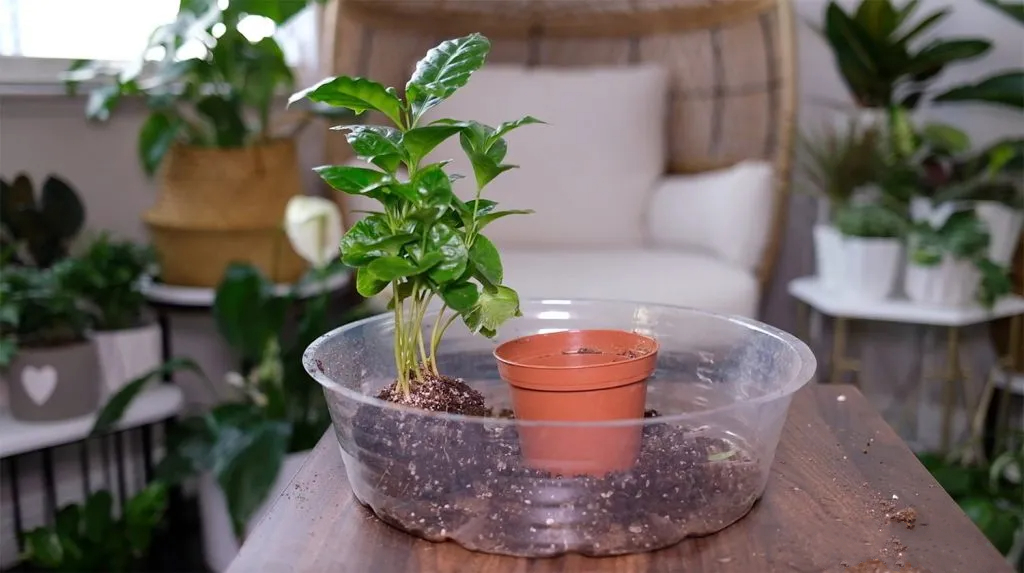Welcome to our comprehensive guide that will unravel the enigma behind the perplexing issue of yellowing plant leaves. We understand how disheartening it can be to witness your once-vibrant foliage lose its green luster and transform into a sea of yellow. Fear not, for we are here to provide you with a deep dive into the myriad reasons why this phenomenon occurs and equip you with the knowledge to rectify it effectively. Let’s embark on this verdant journey together, armed with insights that will help your plants thrive once more.
Understanding the Language of Leaves
Before we delve into the potential causes of yellowing leaves, it’s crucial to grasp the significance of leaves as messengers of your plant’s health. Leaves are nature’s indicators, communicating a plant’s well-being through their color and texture. Yellowing leaves can be likened to a distress signal, conveying that something within the plant’s environment or internal processes requires attention.
1. Inadequate Nutrient Absorption
One common culprit behind yellowing leaves is inadequate nutrient absorption. Plants, much like humans, require a balanced diet to flourish. Essential nutrients such as nitrogen, phosphorus, and potassium play pivotal roles in sustaining vibrant green foliage. A deficiency in these nutrients can manifest as yellowing leaves, indicating that your plant is malnourished.
2. Improper Soil pH
The pH level of the soil directly impacts a plant’s ability to access nutrients. Some plants thrive in acidic soils, while others prefer alkaline conditions. When the soil pH is not in the optimal range for your plant’s preferences, nutrient absorption can be compromised. Consequently, leaves may exhibit a yellow hue as a result of nutrient deficiency.

3. Watering Woes
Overwatering or underwatering your plants can both contribute to the dreaded yellowing of leaves. Overwatering suffocates the roots, depriving them of essential oxygen, leading to stress and yellowing. On the other hand, underwatering deprives the plant of the necessary hydration to carry out vital processes, leading to similar symptoms. Finding the right balance in your watering routine is essential to maintaining healthy foliage.
4. Pest Infestations
Unwanted visitors in the form of pests can wreak havoc on your plants and trigger yellowing leaves. Insects such as aphids, spider mites, and whiteflies are notorious for sucking the sap from leaves, causing them to turn yellow and eventually wither. Regular inspection and early pest detection are crucial in preserving your plant’s vitality.
5. Root Complications
A plant’s root system serves as its foundation, and any issues in this subterranean domain can manifest as visible symptoms in the leaves. Root rot, often caused by overwatering and poor drainage, can impede the plant’s ability to uptake nutrients, resulting in yellowing. Regularly inspecting the roots and ensuring proper drainage can mitigate this issue.
6. Environmental Stress
Plants are sensitive organisms that respond to changes in their environment. Exposure to extreme temperatures, excessive sunlight, or pollutants can induce stress that leads to yellowing leaves. Providing adequate shade, regulating temperature, and minimizing exposure to pollutants can alleviate this stress and preserve the health of your plant.
7. Disease Development
Plant diseases, fungal or bacterial in nature, can also be responsible for the yellowing of leaves. These diseases often disrupt the plant’s physiological processes, hampering nutrient uptake and causing discoloration. Implementing proper sanitation practices and using disease-resistant plants can mitigate the risk of such infections.

8. Nutrient Imbalance
While nutrients are essential for plant health, an imbalance in their ratios can be detrimental. Excessive fertilization, for instance, can lead to nutrient imbalances that manifest as yellowing leaves. Understanding your plant’s specific nutritional requirements and adhering to recommended fertilization practices can prevent such issues.
Restoring Vibrancy to Your Plants
Now that we’ve unveiled the mystery behind yellowing leaves, it’s time to take action and restore your plants to their former vibrancy. Careful observation, proper watering techniques, balanced nutrition, and a conducive environment are key factors in nurturing healthy foliage. Remember, your plants are counting on you to decipher their language and provide them with the care they deserve.




